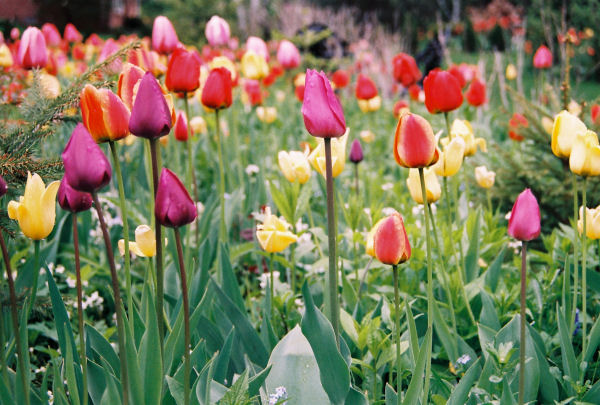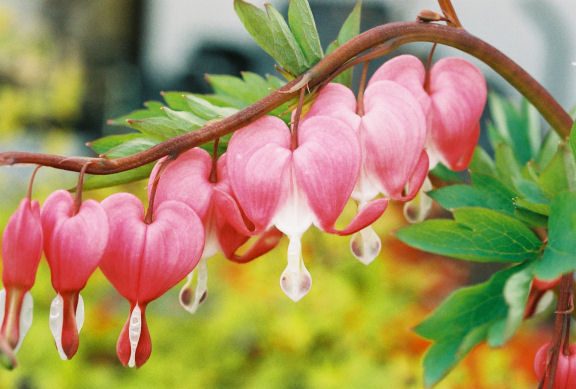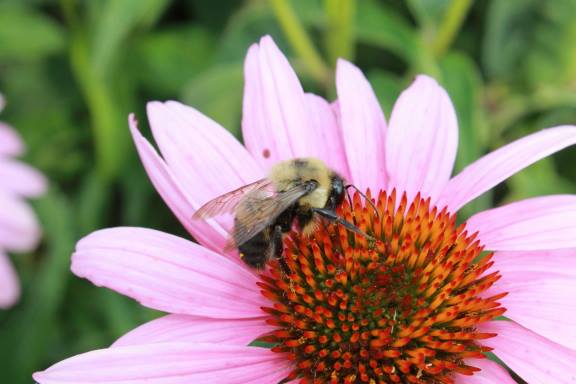“Everything that slows us down and forces patience, everything that sets us back into the slow circles of nature, is a help. Gardening is an instrument of grace. ” May Sarton
Spring holds a promise for the newness of life! It’s when I look out and dream of new flower beds & anticipate the first crops springing up out of winter’s cold ground. As I scan the yard and realize all the work needing to be done at my new home, I admit… it can feel a bit overwhelming sometimes. Thankfully I have Dave & the boys, and we will get at it as soon as the nicer weather affords us the opportunity. I can’t wait to be able to spend time in my personal Eden.

Now I want to get into today’s topic! Have you ever hosted a plant swap or exchange? Maybe you’ve participated in a local community? I have hosted my own, as well as organized several for the City I worked for.
Hosting a spring or fall perennial plant swap is a great way to share and acquire new plants for your garden. It can be a fun and social event for you & your friends and family, or for your community.

Here are some tips & tricks and for my steps to help you plan and host a successful perennial plant swap.
Here’s my easy 9 Step how-to host a spring perennial plant swap!

Choose a date & time!
Plan the date and location of your plant swap. Spring is the perfect time to host a plant swap, as many plants are starting to grow and flourish. Choose a date that is convenient for your community, and find a location that is easily accessible and has plenty of space for attendees to set up their plants.
When choosing the date, take into consideration when most of your perennials are starting to pop out of the ground. You want them to be at least 6 to 12 inches high so they are mature enough to handle the transplant, but not too mature to go into a hard shock with transplant.
Mid to the end of April is an ideal time for a spring swap, and mid to the end of September is great for a fall swap. More on that coming 🙂

Let people know what’s going on… ADVERTISE!
Advertising your plant swap is essential for optimal attendance. The more people that know about your event, the more successful it will be, it’s that simple.
Posting in community or garden groups on social media is a great way to spread the word. If you have a budget advertising in your local newspapers is another great resource. Posting fliers on community bulletin boards also help to spread the word.
Utilizing an automated email platform such as MailChimp or Constant Contact is also a great way to promote your event if you have an email list from previous events.
PRO TIP: If you don’t have a budget, reach out to your local greenhouse and nursery, or even your hometown newspaper to sponsor the event. Offer them a spot to market their company at the event. Partnering with local businesses is a win win for everyone!


Set up a way for attendees to register!
Setting up a registration process is a great way for you the organizer to have an idea on how many people could potentially be attending your plant swap. It will also allow you to send out reminders.
Setting up a Facebook event is a great way to to do this. Another platform is Eventbrite is another great option.

Provide ideas on what to bring to swap!
Create a simple Q&A sheet for people on how and what attendees should bring, as well as how to prepare their transplants. I’ve share a list below you can feel free to use.
You want your plant swap to have a good selection of plants for attendees to choose from, so encourage people to bring a variety of perennials, including different types, sizes, and colors.
Perennial herbs are another great option for attendees to bring!
What about transplant containers?
I often save some of the pots I purchase my plants in each year for this very reason. You should advise your attendees to put the divisions in practical, temporary containers. These can include plastic or paper cups, tin cans, plastic containers such as the ones that salad mixes or cherry tomatoes come in, plastic plant pots/ terra-cotta pots or any other container you have handy. Just be sure to add drainage holes to water tight containers.
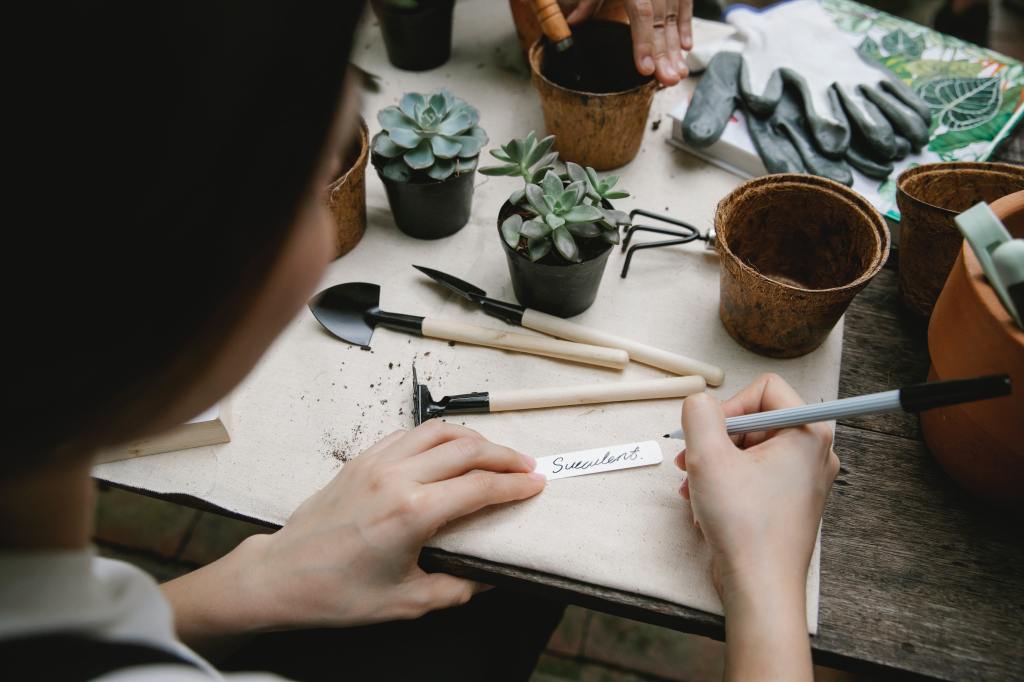

What plant is this? It’s all in the details!
One of the key things you will need to inform your attendees to do is to clearly identify the plants they are bringing. The plant information including care, size, and whether they prefer sun or shade, and any other pertinent growing conditions required is very important.
Encourage all attendees to provide information cards or handouts for each plant they bring to swap.
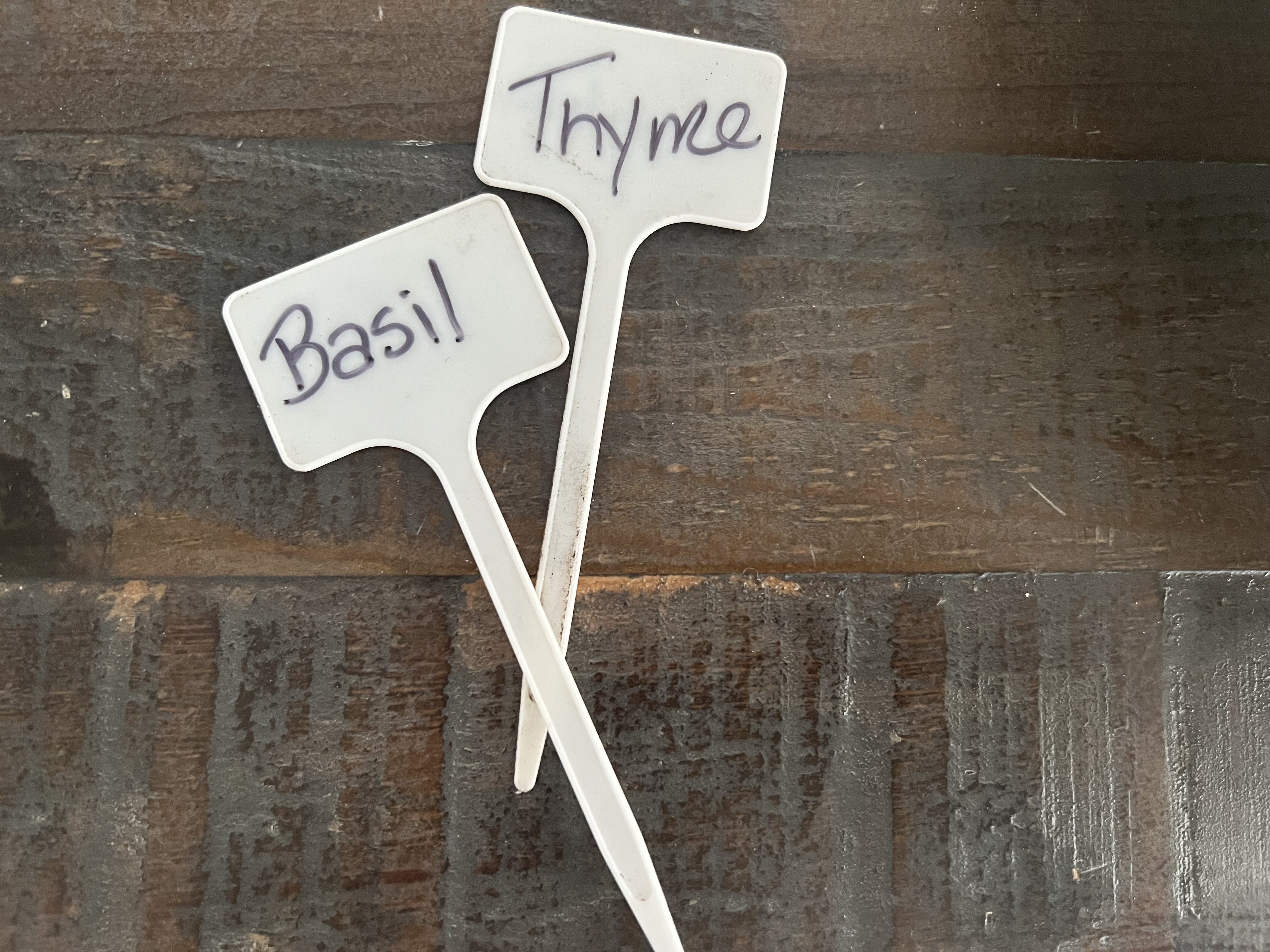

Make it fun… invite a guest speaker, specialty vendors, local garden clubs, etc.!
You can create a fun and social atmosphere by incorporating some local groups including garden clubs & Master Gardeners. You can even host an informative garden talk!
Inviting specialty vendors can also add value for attendees! This can also add revenue to your event by charging vendors a small participation fee. A plant swap is a great opportunity for people to connect with others who share their passion for gardening. Encourage attendees to share their gardening experiences, tips and tricks, and to make new friends.
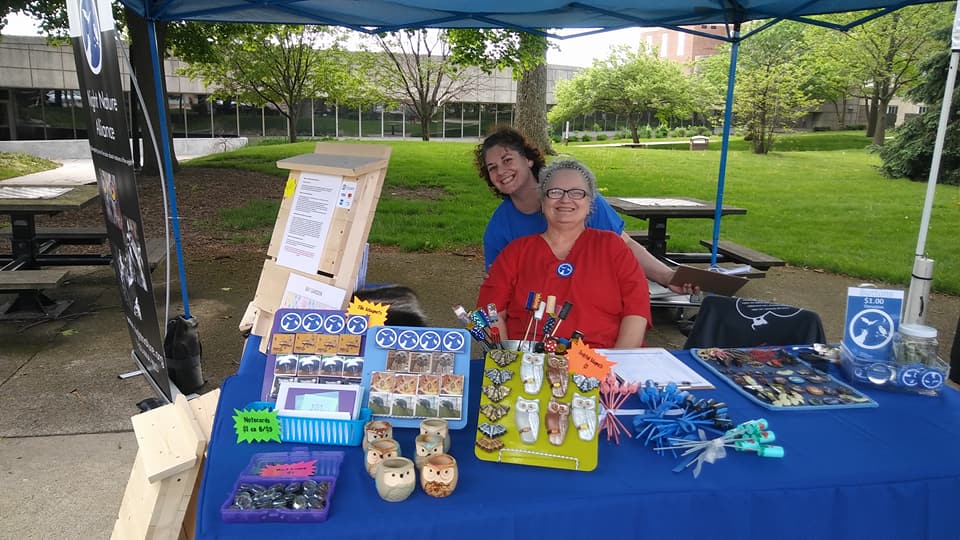
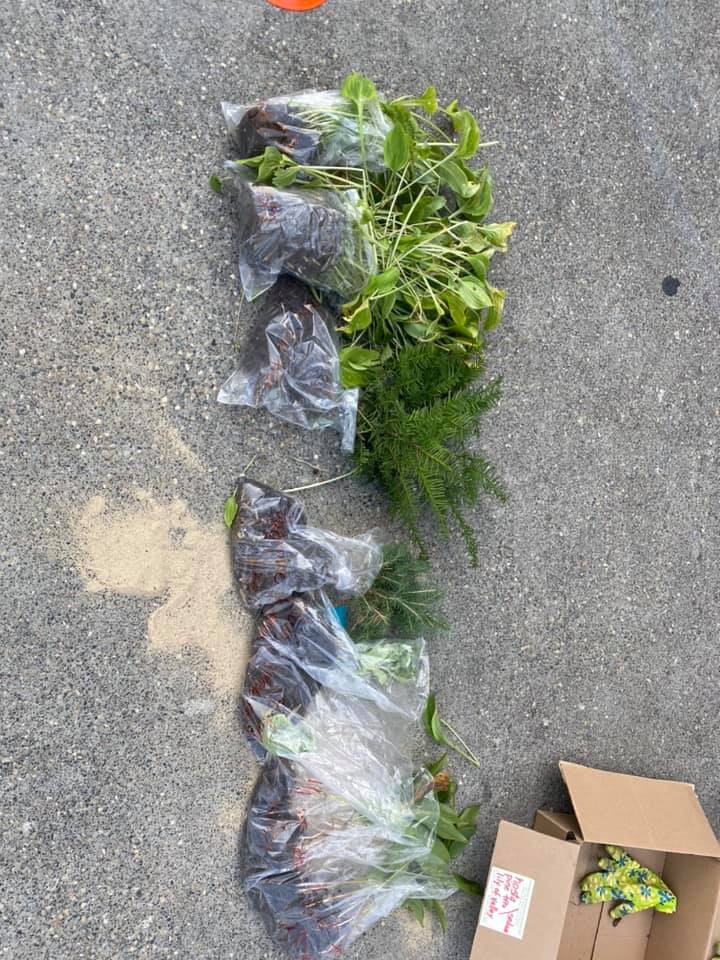
Uggg… what about the leftovers?
There will always be left over plants. You should have a plan on how to distribute them. Sadly, there will be some plants that don’t find a home. In order to ensure those plants don’t go to waste, be sure to advise all attendees what to do with them.
You can have the attendees who brought them be responsible to take them back You can also have a free pile where they are placed, and then other people who may not have wanted to trade for them, will want to take them for free. You can also make arrangements with a local school or community garden, or ask attendees to take them home with them.

Connections matter!
If this is a community event, you will want to be sure to have an email sign up sheet at your registration table.
This will allow you to follow up with attendees and thank them for their participation. Sending a thank you email to all attendees will help in enticing them for future events.
You can also create a Google Form survey to all of the attendees requesting feedback on the event. For example asking them what they enjoyed, and what they would like to see at future events.
It also provides you the opportunity to invite them to future events you may be hosting for the community.

Here are some additional helpful tips on how to divide, care for and prepare your transplants for the exchange:
*The best time to divide a plant is shortly after it emerges in spring.
*Try to divide the plants as close to the plant exchange date/time as possible.
*Loosen the soil around the plants perimeter and then use a sharp spade or knife to cut through the roots to divide. Be sure to keep a large root clump with the plant to ensure successful transplanting.
*Put your divisions in practical, temporary containers: paper cups, disposable aluminum muffin cups, tin cans, plastic containers, plastic plant pots/ terra-cotta pots or any other container you have handy. Just be sure to add drainage holes to water tight containers.
*Give a tag/label with each division including: name/variety of plant, sun/shade requirements, mature plant size- height and diameter, water/soil requirements, zone hardiness, perennial or annual. A nice description for ‘new’ gardeners will be so appreciated.
*Make sure to plant/water as soon as possible once you have the plants in their new location.

How to harvest seedlings:
*Be sure the seedlings are at least 6-12 inches tall with at least 2 sets of true leaves.
*Get all the plants roots.
*Replant the seedling into a small container with appropriate drainage holes and gently water immediately.
Plants that divide easily and transplant well include:
*Hosta’s
*Day Lilies
*Bleeding Heart
*Peony
*Bee’s Balm (Monarda)
*Black Eye Susan, Shasta Daisies and any Coneflowers
*Columbine
*Sedum
*perennial Geraniums
*Helianthus
*Purple Bellflower
*any early blooming bulbs that have bloomed and died back at least half way- Snow Drops, Crocus, Daffodils, Tulips
PRO TIP: I always say, if in doubt, do without… so if you are not sure about one of your plants, ASK! Or look up in a good garden guild any special tricks that certain plants may have before you divide if you are not sure.
Hosting a spring perennial plant swap can be a fun and rewarding experience for both you and your community. By following these steps, you can ensure that your event is well-planned, well-attended, and enjoyable for all.
I certainly hope you are encouraged to garden. Even if you start with only two or three of these things, that’s a great start!
If you enjoyed this blog , please LIKE, Follow, Share & leave me a comment! I love your feedback!
If you aren’t following me on Facebook or Instagram, go on over & give a LIKE & Follow me for daily tips & tricks for your home & garden!
Until next time friends, eat fresh, shop local, & have a happy day,
Jean

